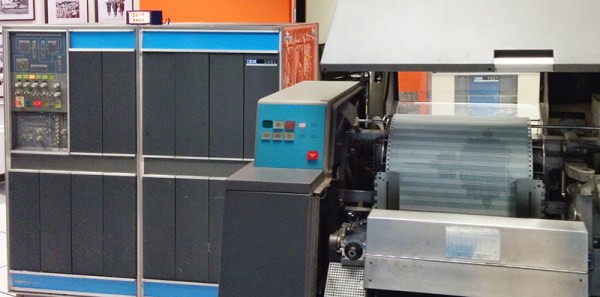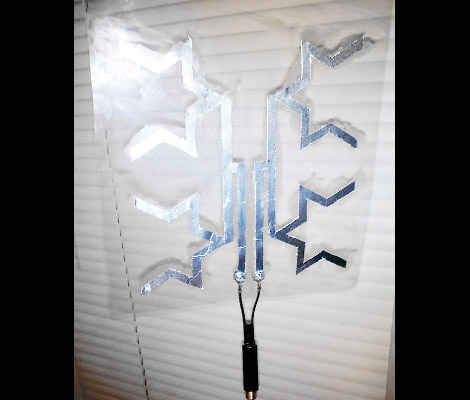[Ken Shirriff] is apparently very cool, and when he found out the Computer History Museum had a working IBM 1401 mainframe, he decided to write a program. Not just any program, mind you; one that would generate a Mandelbrot fractal on a line printer.
The IBM 1401 is an odd beast. Even though it’s a fully transistorized computer, these transistors are germanium. These transistors are stuffed onto tiny cards with resistors, caps, and diodes, than then stuck in a pull-out card cage that, in IBM parlance, is called a ‘gate’. The computer used decimal arithmetic, and things like ‘bytes’ wouldn’t be standard for 20 years after this computer was designed – 4,000 characters of memory are stored in a 6-bit binary coded decimal format.
To the modern eye, the 1401 appears to be a very odd machine, but thanks to the ROPE compiler, [Ken] was able to develop his code and run it before committing it to punched cards. An IBM 029 keypunch was used to send the code from a PC to cards with the help of some USB-controlled relays.
With the deck of cards properly sorted, the 1401 was powered up, the cards loaded, and the impressive ‘Load’ button pressed. After 12 minutes of a line printer hammering out characters one at a time, a Mandelbrot fractal appears from a line printer. Interestingly, the first image of the Mandelbrot set was printed off a line printer in 1978. The IBM 1401 was introduced nearly 20 years before that.















